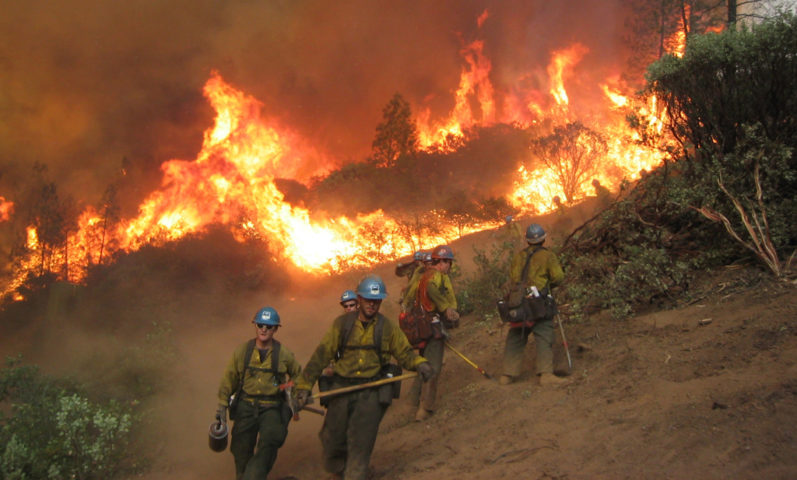
Keeping common species common is the mission of the USGS Gap Analysis Program. GAP uses science and data to assess where species are and what the protection status is of their habitat. By evaluating the likely habitat ranges and populations of wildlife and plant species, in relation to how much of their area is securely conserved, “gaps” can be determined, and policies applied to aid in species conservation.
Read more
